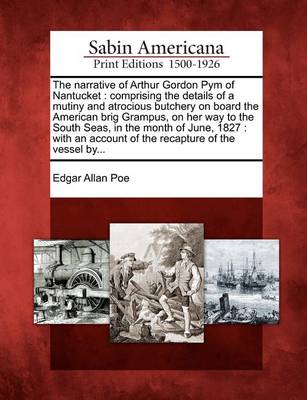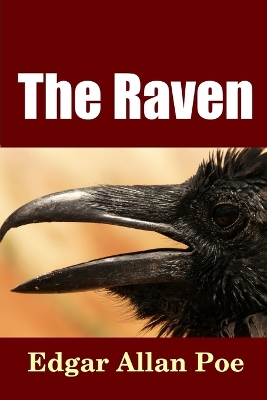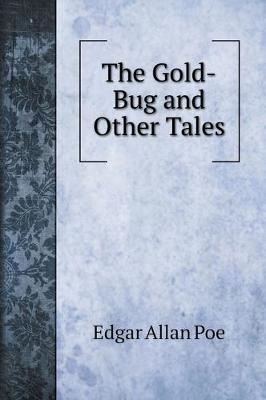Dover Thrift Editions
5 total works
Poe found the germ of the story he would develop into ARTHUR GORDON PYM in 1836 in a newspaper account of the shipwreck and subsequent rescue of the two men on board. Published in 1838, this rousing sea adventure follows New England boy, Pym, who stows away on a whaling ship with its captain's son, Augustus. The two boys repeatedly find themselves on the brink of death or discovery and witness many terrifying events, including mutiny, cannibalism, and frantic pursuits. Poe imbued this deliberately popular tale with such allegorical richness, biblical imagery, and psychological insights that the tale has come to influence writers as various as Melville, James, Verne and Nabokov.
For more than seventy years, Penguin has been the leading publisher of classic literature in the English-speaking world. With more than 1,700 titles, Penguin Classics represents a global bookshelf of the best works throughout history and across genres and disciplines. Readers trust the series to provide authoritative texts enhanced by introductions and notes by distinguished scholars and contemporary authors, as well as up-to-date translations by award-winning translators.
For more than seventy years, Penguin has been the leading publisher of classic literature in the English-speaking world. With more than 1,700 titles, Penguin Classics represents a global bookshelf of the best works throughout history and across genres and disciplines. Readers trust the series to provide authoritative texts enhanced by introductions and notes by distinguished scholars and contemporary authors, as well as up-to-date translations by award-winning translators.
...Quoth the Raven, "Nevermore." "The Raven" is a classic narrative poem by American writer Edgar Allan Poe. First published in January 1845, the poem is often noted for its musicality, stylized language, and supernatural atmosphere. It tells of a talking raven's mysterious visit to a distraught lover, tracing the man's slow fall into madness. The lover, often identified as being a student, is lamenting the loss of his love, Lenore. Sitting on a bust of Pallas, the raven seems to further instigate his distress with its constant repetition of the word "Nevermore". The poem makes use of a number of folk, mythological, religious, and classical references. Poe claimed to have written the poem very logically and methodically, intending to create a poem that would appeal to both critical and popular tastes, as he explained in his 1846 follow-up essay, "The Philosophy of Composition". The poem was inspired in part by a talking raven in the novel Barnaby Rudge: A Tale of the Riots of 'Eighty by Dickens.



